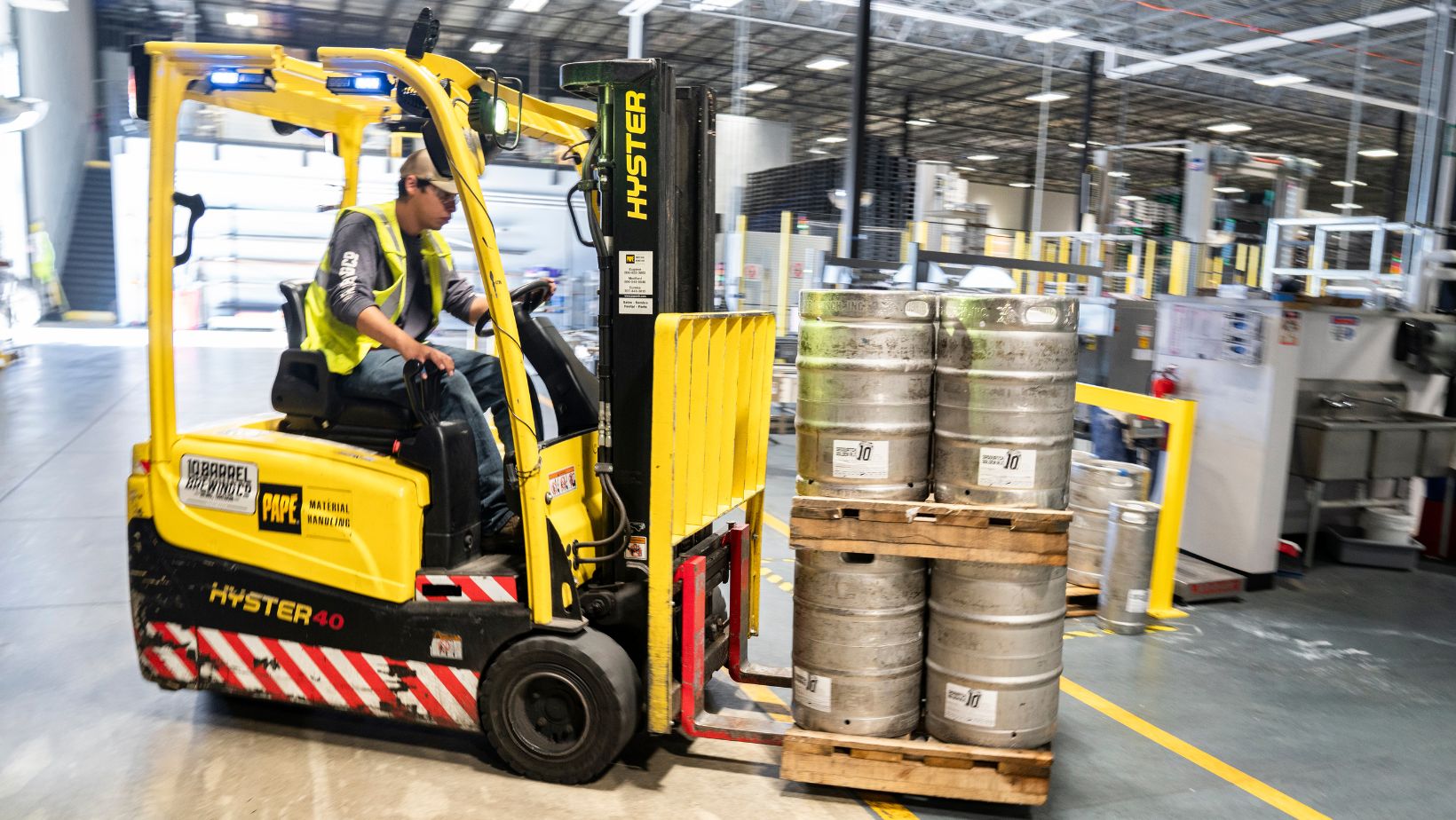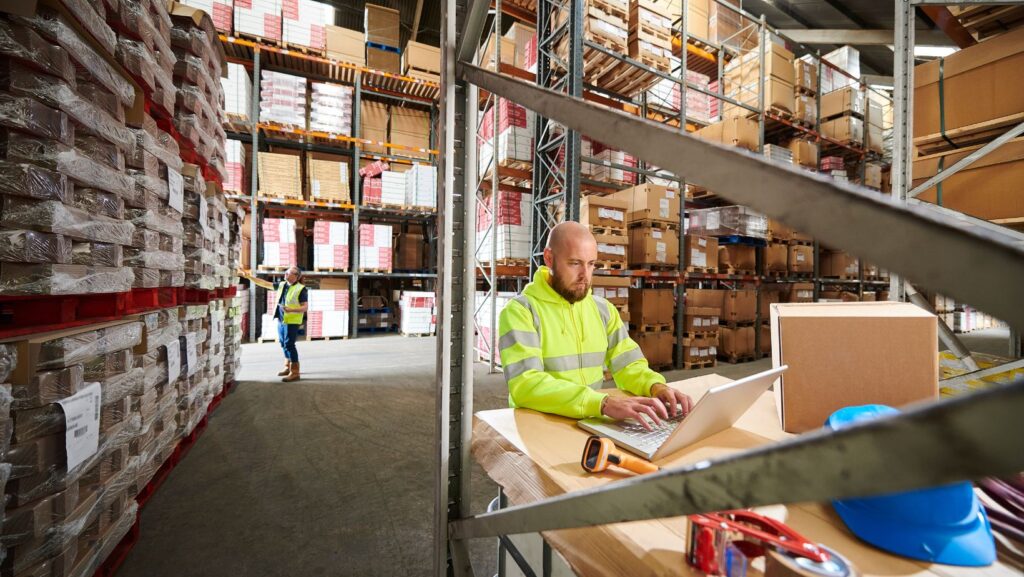The safety in the manufacturing settings is crucial not only regarding the welfare of the employees but also in terms of the general effectiveness and predictability of the processes. Effective safety culture decreases the possibility of accidents, equipment breakdown and downtimes. With manufacturers seeking to balance productivity and regulatory compliance, enhancement of safety standards has been raised to a strategic initiative. Implementation of strong safety measures is a preventive contribution towards future business operations.
A layering effect of policy, training, technology, and accountability is needed to implement regular safety measures. Safety practices are perhaps not exactly transferable between different kinds of manufacturing operation, but the principles are similar. Safety as a priority is not just a protection of human life, but also a boost of morale, cut in insurance expenses and an ability of companies to establish a favorable reputation in the industry.
Developing a Clear Safety Policy
Safe operations are anchored on a well-documented safety policy. It conveys the expectations, roles and responsibilities to all at the shop floor. It would be necessary to involve the employees, safety officers and the leadership in the formulation of this policy as a way of coming up with a policy that would be practical and exhaustive. An effective policy demonstrates the interest of a company in the establishment of a secure and conscientious working environment.
When the policy has been made, it should be enforced and communicated regularly. The importance is reinforced through regular safety briefings, posters as well as digital reminders. All the people in the facility are expected to know what is expected of them and what they are supposed to do in case of an emergency. Uniformity of messaging creates awareness and reminds that safety is one of the priorities in everyday operations.
Providing Ongoing Training and Education
One of the best aspects of high safety standards is training. When new workers are recruited, they should be properly oriented, educating them on all the applicable safety procedures and on using the safety equipment. The continuous education of the current personnel cannot be underrated as well to update their knowledge and be in line with the new tools or regulations. Training ought to be realistic, interactive and focused on the actual risks at the place of work.
Manufacturers also ought to embrace the culture of learning whereby workers are capable of asking questions, reporting hazards as well as making improvement suggestions. Staff members are likely to adopt a correct attitude to safety measures and spot possible risks before they can result in accidents when they are informed and empowered. Safety as a shared responsibility may also be reinforced regularly through drills, workshops, and toolbox talks.
Maintaining Safe Equipment and Tools
In manufacturing environments, accidents are likely to be caused by poorly maintained equipment. It is also imperative that all tools and machinery be in good working condition as a measure of safeguarding workers as well as to avoid interruption in the production process. A schedule of regular inspections and maintenance should also be imposed to detect the wear and tear before it can cause a hazard.
ERP systems specifically designed for manufacturing can assist with the process of equipment maintenance by keeping a history of maintenance procedures and generating reminders when equipment is due to be serviced. Manufacturers who utilize such systems to track the state of assets can minimize the possibility of being involved in equipment-related incidents and maintain safe and steady operations. Reliable equipment contributes directly to both safety and productivity.
Improving Workplace Design and Layout
The physical arrangement of manufacturing facilities has a great role in enhancing safety. The layout of workstations must be made in such a way that there is reduced movement and congestion. Good signage and marked walkways as well as tool and material storage areas can also eliminate confusion and potential accidents.
The right lighting, ventilation and ergonomics also make the work environment safer and more comfortable. When the working environments are well filled and lit, the employees are more alert and focused. The design of facilities needs to be revisited periodically with the aim of establishing ways in which safety can be enhanced more so when production processes are modified or increased.
Monitoring Compliance and Incident Reporting
Safety improvements depend on accurate data and accountability. All incidents, close calls or safety issues are to be reported and investigated. This enables the company to establish trends, rectify the cause, and enhance processes. Reporting openly without the fear of penalty assists in establishing the culture of shared responsibility in safety.
 Manufacturing ERP systems would be useful in following up on the compliances and recording incidents. When the records are centralized, the management will find it easy to analyze the reports, allocate remedial measures, and follow-ups. This structured process is used to make certain that the safety problems get resolved as fast as possible and that the lessons are implemented operation-wide to make sure that they do not happen again.
Manufacturing ERP systems would be useful in following up on the compliances and recording incidents. When the records are centralized, the management will find it easy to analyze the reports, allocate remedial measures, and follow-ups. This structured process is used to make certain that the safety problems get resolved as fast as possible and that the lessons are implemented operation-wide to make sure that they do not happen again.
Encouraging a Safety-First Culture
Finally, the safest guard measures are those that the workforce adopts as a way of life. Establishing a culture in which safety is valued more than speed or taking shortcuts should be the topic of regular leadership and involvement of employees. Safe behavior should be noticed and awarded as this will affirm good practices and encourage others to imitate.
Frequent communication, apparent management involvement and engagement of all levels of personnel reinforce the safety culture in the long run. Employees may also feel inclined to take individual responsibilities to ensure a safe working environment when they perceive that their welfare is important to the organization and that their problems are accorded serious attention.
Conclusion
The enhancement of manufacturing processes safety is a continuous process that requires commitment, communication, and coordination. Companies must invest in training, equipment maintenance, facility design and utilization of tools such as manufacturing ERP systems to greatly mitigate risks and improve operational resiliency. Safe work environment is not merely a legal obligation but an essential constituent of a manufacturing business which is productive and successful.



